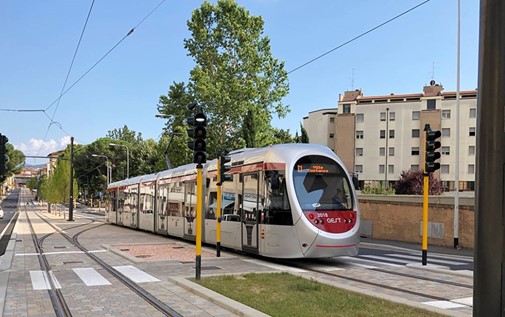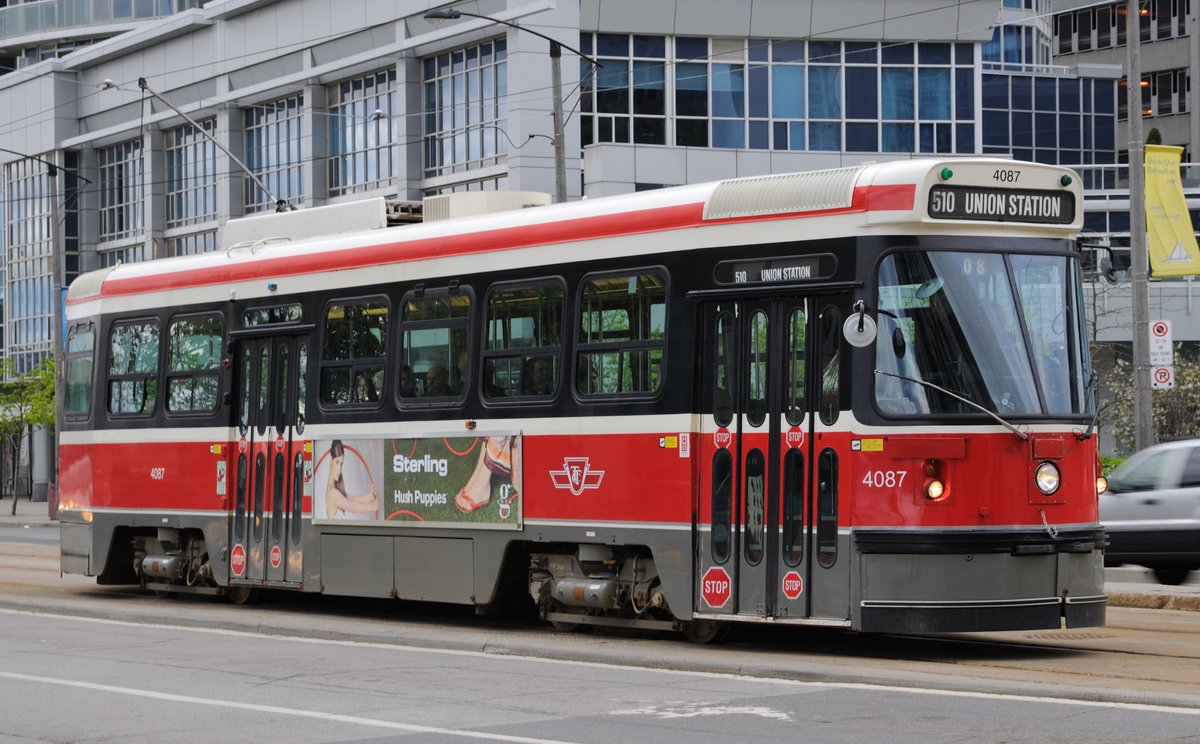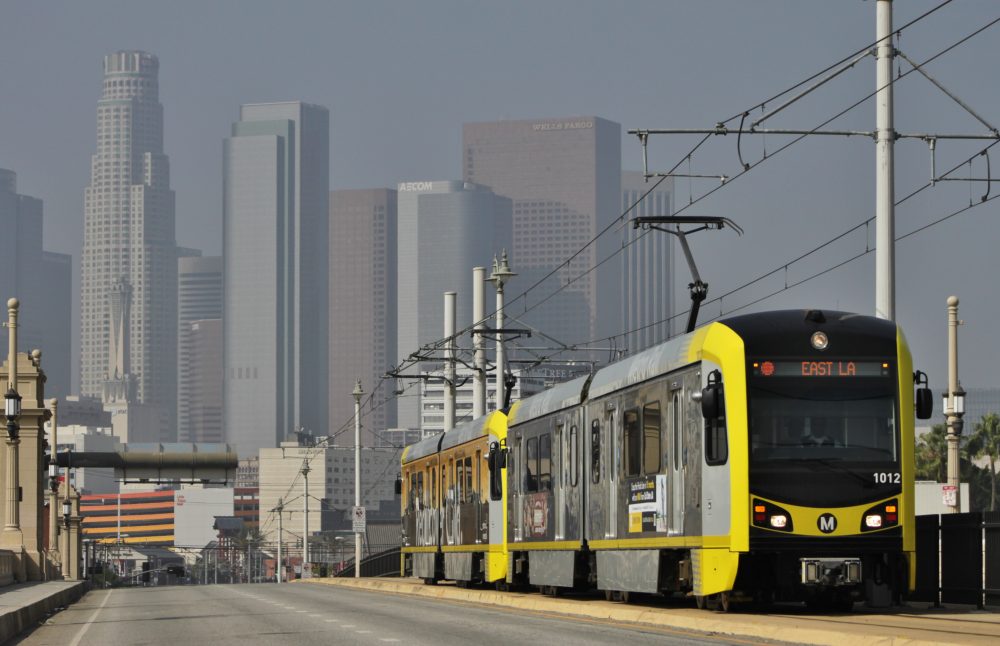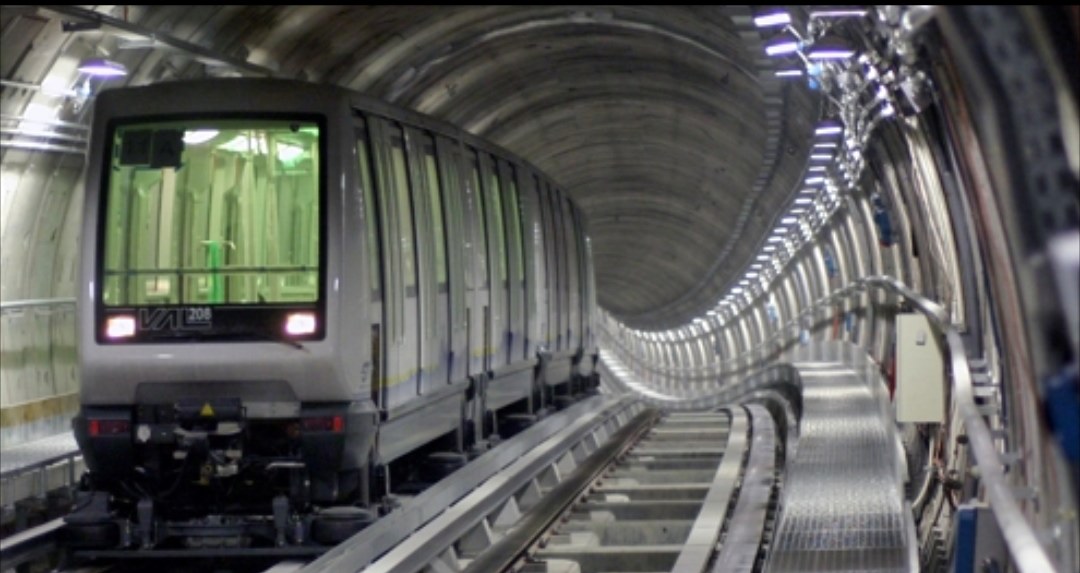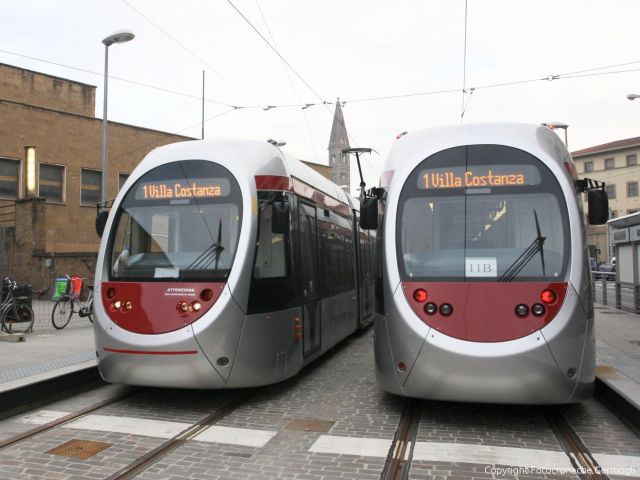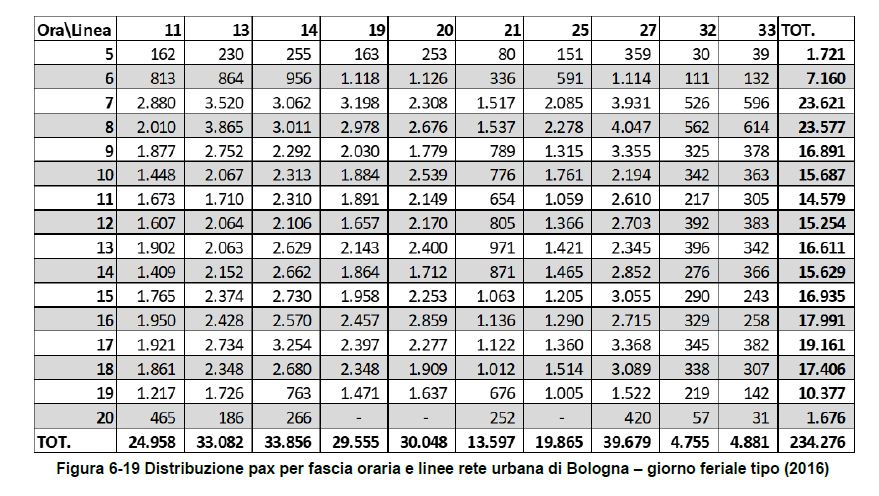
I did myself a gift: the Italian Atlas of Transportation. It's a very visual and informative atlas of all transportation networks, services etc., with a lot of informative and visually pleasant charts, graphs about service, infrastructure, demand, etc. 

Another example: historic chart of the national mainline rail network with electrification and double tracking 

A time chart for S7 suburban service in Milan with superimposed user number. You can clearly see the morning and afternoon peak to Milan, but also the morning and mid-day reverse peaks to Lecco, probably partly due to high school commuting 

The complexity of service pattern on the Milano-Sondrio line on a typical afternoon, with several type of services: RE, R, S in the section near Milan and even some Eurocity 

Some examples: train/day on the whole national network by section and by station, divided by typology 



• • •
Missing some Tweet in this thread? You can try to
force a refresh





